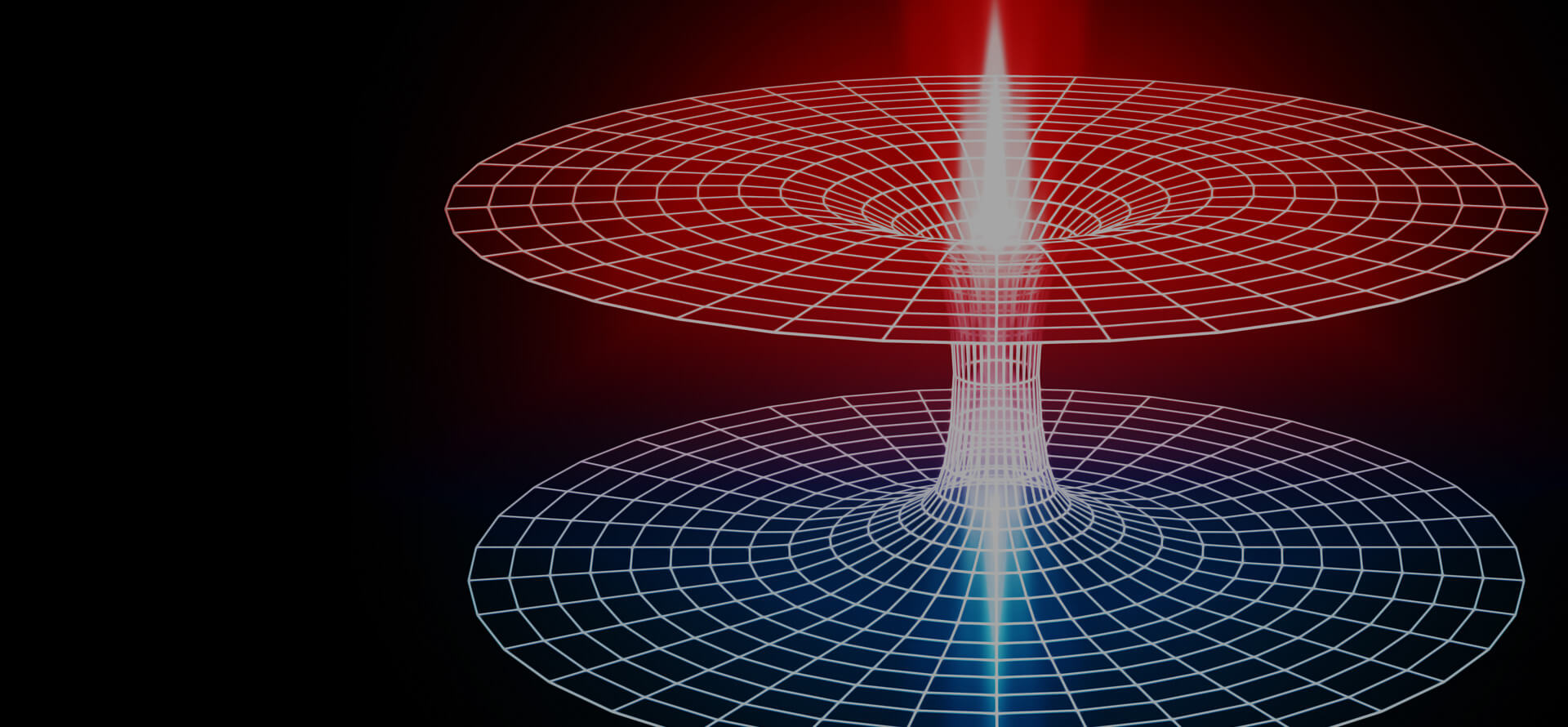A message from the Director of the Harvard-Smithsonian Center for Astrophysics, Charles Alcock:
Dear Colleagues:
I am sad to report that our colleague and friend Jeff McClintock passed away on Wednesday, November 8th. He was 75 years old.
Jeff was raised in Port Orchard, WA, where he developed his lifelong passion for astrophysics. He built his first of several telescopes at 11 years old and at 13, made frequent solo visits to learn about astronomy from a local amateur. At 15 years old, his telescope project, “The Art of Making Parabolic Mirrors” won first prize at the Tacoma Science Fair — representing all of Western Washington. You might find the attached photograph interesting!
After majoring in Physics at Stanford University, Jeff earned his PhD in Physics at MIT. He came to the Center for Astrophysics in 1985. He is generally acknowledged as the world’s foremost observer of stellar-mass black holes; he has discovered approximately two thirds of the known low mass black hole systems, including the first.
Jeff’s most famous work is his discovery in 1986, with Ron Remillard, that the soft X-ray transient (SXT) A0620-00 contains a compact star with a minimum mass of 3 solar masses. This was the first robust identification of a stellar-mass black hole with a low mass companion. Jeff, Ron, Jerry Orosz and others went on to identify stellar-mass black holes in many other SXTs. They are responsible for the majority of dynamically-confirmed stellar-mass black holes known today.
In 1995, Jeff detected A0620-00 in X-rays during quiescence, when it was orders of magnitude fainter than had been expected. This led to the development, with Ramesh Narayan, graduate student Ann Esin and others, of the advection-dominated accretion flow (ADAF) model of quiescent SXTs, the currently favored paradigm for this class of objects. Among other applications of the ADAF model, Jeff, Ramesh and Mike Garcia showed that stellar-mass black holes in quiescent SXTs must have event horizons in order to be so under-luminous.
For the last decade or more, Jeff, Ramesh and a team including Mark Reid and Harvard graduate students Rebecca Shafee and Jack Steiner, perfected a method for measuring the spin parameters of stellar-mass black holes. Their method is based on fitting the X-ray continuum spectra of SXT accretion disks during outburst and thereby estimating the radius of the innermost stable circular orbit around the black holes. The ten black hole spins that Jeff and his team have measured to date are the gold standard in this field.
In 2009, Jeff accepted the Bruno Rossi Prize at a ceremony in Washington DC. More recently, he was instrumental in the development of the Giant Magellan Telescope.
Jeff’s death follows that of his wife, Fran, who died on September 29th. Following Fran’s passing, a donation page was set up for the Alzheimer’s Association. In lieu of flowers, feel free to contribute to the ongoing effort using this link: http://act.alz.org/site/TR/Events/Tributes-AlzheimersChampions?pg=fund&fr_id=1060&pxfid=443513
With best regards,
Charles


